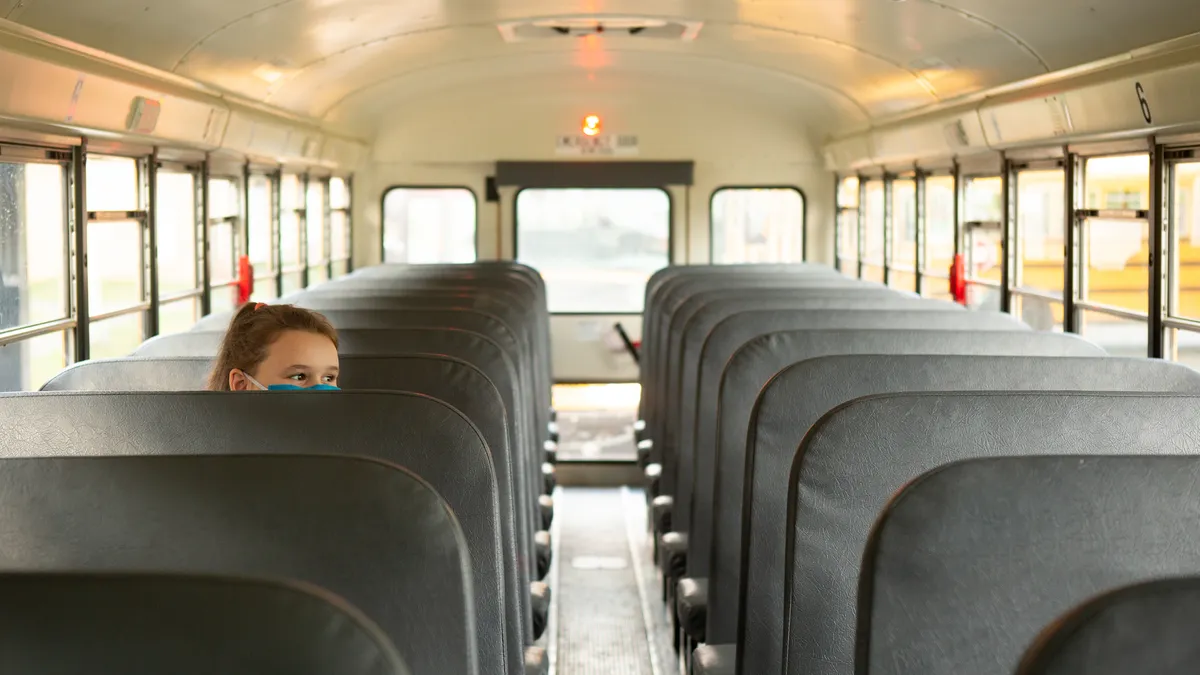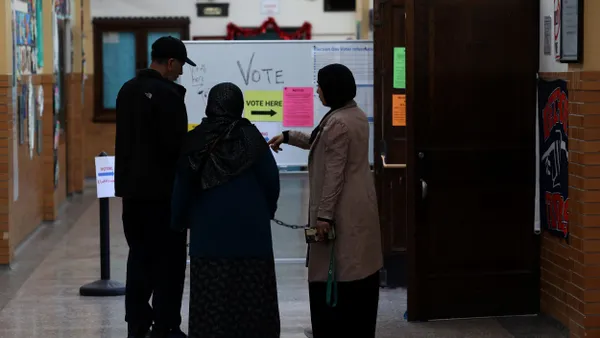Dive Brief:
-
Efforts to increase pre-K enrollments and quality programming will require parent-school-government collaborations, data collection and review, and smart spending decisions, said panelists at a virtual session of the U.S. Office of Special Education Programs’ Leadership and Project Directors’ Conference on Wednesday.
-
Education leaders in Connecticut, for example, are working with local partners to smooth transitions for children and families between special education's infant and toddler program and pre-K and K-12 systems, said Bryan Klimkiewicz, special education director at the Connecticut State Department of Education.
-
Federal emergency funding has helped prop up early education programs during the pandemic, but as that funding runs out, states and localities will need to look at creative financing, such as braiding together revenue sources, to build momentum and capacity for early education, the panelists said.
Dive Insight:
The pandemic wiped out 10 years of pre-K enrollment progress, according to The State of Preschool Report 2021, published in April by the National Institute for Early Education Research and Rutgers Graduate School of Education.
During Wednesday's OSEP session, Allison Friedman-Krauss, assistant research professor at NIEER, said pre-K enrollment decreased by 18% — or 298,000 children — compared to pre-pandemic enrollments. Enrollment declines were seen in every state, Friedman-Krauss said.
At the same time, states spent $254 million less on pre-K initiatives — an amount offset by about $440 million in federal pandemic relief funds, said Friedman-Krauss.
Funding is just one concern. The public health crisis also led to the relaxation of certain pre-K teacher quality requirements and programming standards, she said.
Still, several states took action to strengthen access to universal pre-K or inclusive early education programs. At least seven states, including Alabama, Colorado and New Mexico, have state cabinet-level staff leading early childhood initiatives, said Melissa Mincic, senior policy specialist at the National Conference of State Legislatures.
An NCSL tracker for COVID-19 relief spending said states had allocated $735 million for early childhood education as of March 4. Mincic said NCSL has also tracked other favorable early education legislative activity, including efforts to create task forces and studies and to raise quality.
In Connecticut, Klimkiewicz said, partners are looking at what is working, what's not and where there are gaps. For example, the state is helping local efforts to support children who qualified for services under the Individuals with Disabilities Education Act's Part C program for infants and toddlers but were found ineligible for services under IDEA's Part B program for students ages 3 and older.
For those students, districts conduct screenings every six months to monitor cognitive, physical and social-emotional development with support from state funding, he said.
"This was a way for us to set up structures in place where we can continue to monitor those students for any developmental risks that they may encounter," Klimkiewicz said.
On Capitol Hill Wednesday, political divides about funding early childhood initiatives surfaced during a House Budget Committee hearing.
Chairman John Yarmuth, D-Kentucky, criticized Republicans for a lack of support for early childhood education as well as Medicaid and the Supplemental Nutrition Assistance Program.
"Investing in our children is the right thing to do," Yarmuth said. "It’s the smart thing to do. And it’s the most important investment we can make in the future of our country."
Ranking member Jason Smith, R-Missouri, said the biggest threat to families is not a lack of government spending.
"We should be focused on the things that will directly affect Americans today like avoiding tax increases on families and small businesses and halting inflationary spending that is making it hard for folks to afford the basic necessities needed to raise their kids," Smith said.








 Dive Awards
Dive Awards





